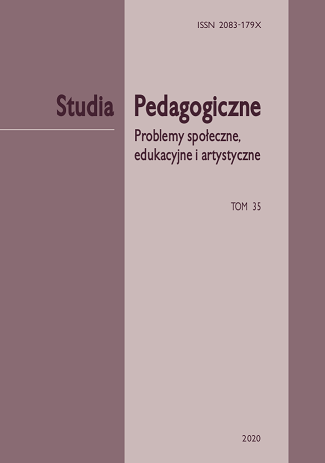Komunikacja sieciowa w hierarchii ważności działań dzieci i młodzieży w opinii uczniów i nauczycieli (raport z badań)
Network communication in the hierarchy of importance of children and youth activities in the opinion of students and teachers (research report)
Author(s): Eunika Baron-PolańczykSubject(s): Media studies, Methodology and research technology, ICT Information and Communications Technologies, Pedagogy
Published by: Wydawnictwo Uniwersytetu Jana Kochanowskiego
Keywords: media pedagogy; diagnostic and correlative research; students’ information competences; using of ICT methods and tools; network communication;
Summary/Abstract: The article presents a fragment of quantitative-qualitative diagnostic and correlation research, determining the students’ information competences in the use of ICT methods and tools in the context of new technological trends and accompanying civilization changes. The considered issues seek answers to the question determining the frequency of ICT use by children and youths (hierarchy of importance of activities) in the area of network communication. The diagnostic survey method (questionnaire and interview) and statistical methods were used. 2510 students and 1110 teachers were examined, and it was established that: 1) according to the aggregated hierarchy of importance of activities, students gave the highest importance to the network communication (first place) when teachers very high importance (second place); 2) there is a clear relationship (correlation: very high, positive - r ≅ 0,88) between the students’ opinion and teachers’ perceptions about the frequency of use by children and young people of ICT instruments in order to communicate; 3) calculations of differentiating factors showed significant statistical differences only in three cases - between the frequency of ICT use by children and youths in the network communication and: gender of students; students‘ stage of learning and teachers’ teaching/work stage; 4) there is a significant similarity between the opinions of students and teachers - slight “separation” of the world of children and youth (“Us”) from the world of teachers (“Them”).
Journal: Studia Pedagogiczne. Problemy Społeczne, Edukacyjne i Artystyczne
- Issue Year: 35/2020
- Issue No: 35
- Page Range: 221-239
- Page Count: 19
- Language: Polish

